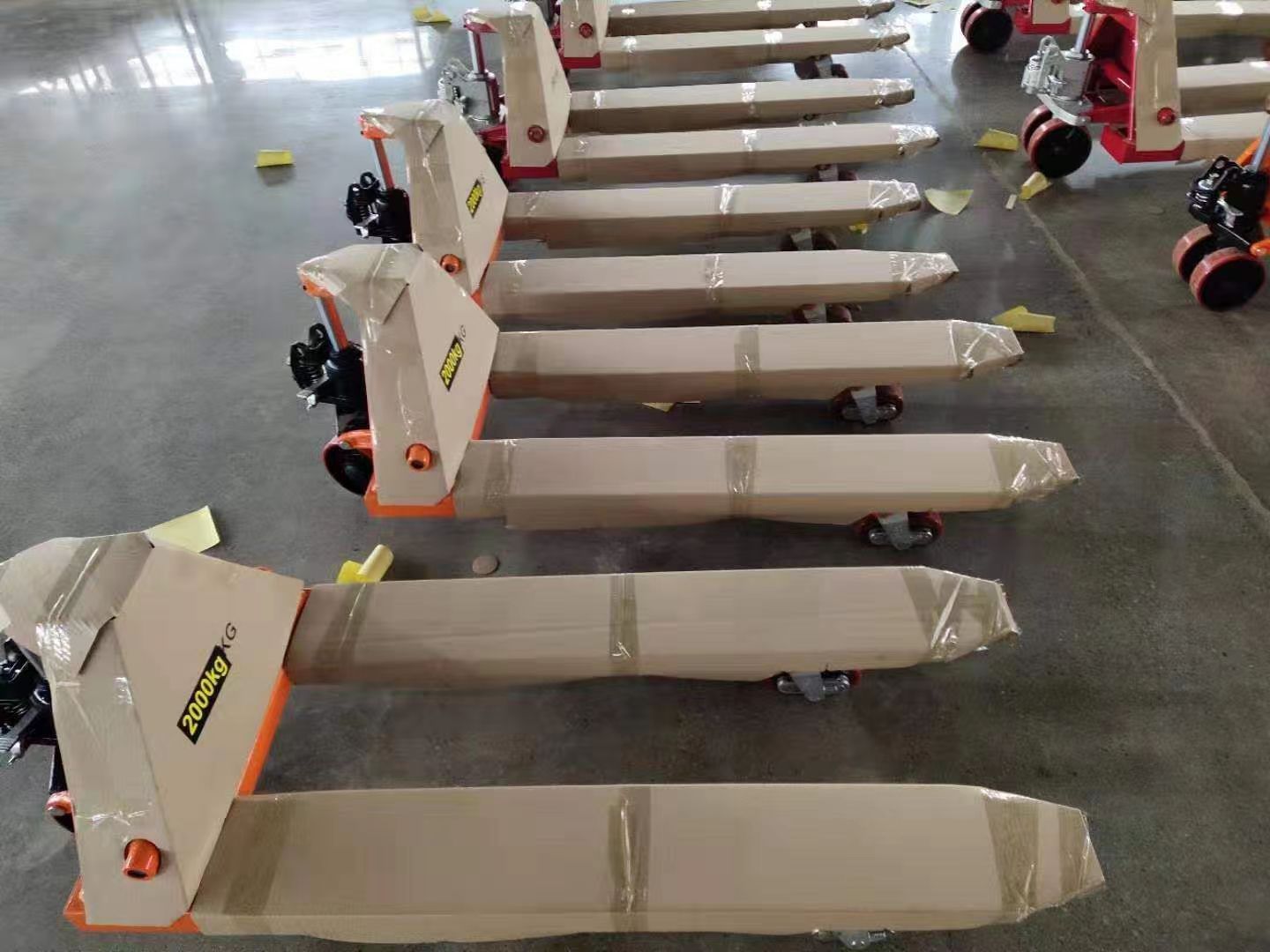


The Importance of Industrial Fall Protection
In the bustling world of industrial work, safety is paramount. Among the myriad risks faced by workers, falls stand out as one of the most prevalent causes of serious injuries and fatalities. The implementation of effective fall protection measures is essential for safeguarding the well-being of employees and ensuring a productive work environment. This article delves into the significance of industrial fall protection and explores the various strategies and technologies employed to prevent fall-related incidents.
Understanding Fall Hazards
Falls can occur in countless scenarios within an industrial setting. Workers may find themselves at elevated heights while conducting tasks such as maintenance, construction, or even routine inspections. Additionally, hazards can arise from working near unprotected edges, on scaffolding, or from ladders and lifts. Recognizing these potential risks is the first step towards establishing an effective fall protection plan.
According to the Occupational Safety and Health Administration (OSHA), falls are among the leading causes of fatalities in the construction industry, accounting for a significant percentage of workplace deaths across various sectors. The potential for serious injuries, including fractures, head trauma, and even fatalities, underscores the critical need for stringent fall protection measures.
Key Components of Fall Protection
To mitigate the risks associated with falls, industries must adopt comprehensive fall protection strategies. These typically include the following components
1. Fall Prevention The foremost approach involves preventing falls before they happen. This can be achieved by identifying and mitigating hazards through proper planning and engineering controls. For instance, ensuring that guardrails are installed at elevated work sites can effectively prevent employees from falling over edges.
2. Fall Restraint Systems When fall prevention isn’t feasible, industries can implement fall restraint systems that limit a worker’s movement to prevent them from reaching the edge of a fall hazard. This can include the use of harnesses and lanyards that secure workers in place, thereby reducing the risk of falling.

3. Fall Arrest Systems In situations where falls may still occur despite preventive measures, fall arrest systems come into play. These systems, which include personal protective equipment (PPE) such as harnesses and shock-absorbing lanyards, are designed to stop a fall once it has begun, thereby reducing the risk of severe injury.
4. Training and Awareness Equipping workers with the knowledge and skills to recognize fall hazards is crucial. Regular training sessions should be conducted to educate employees about proper usage of fall protection equipment and the significance of adhering to safety protocols. Awareness campaigns can further reinforce the commitment to safety within the workplace culture.
5. Regular Inspections and Maintenance To ensure the effectiveness of fall protection systems, regular inspections and maintenance must be undertaken. This includes checking the structural integrity of scaffolding, ladders, and harnesses, as well as conducting audits to assess compliance with safety regulations.
The Role of Technology in Fall Protection
Advancements in technology have significantly enhanced fall protection measures in industrial environments. Modern safety equipment, such as self-retracting lifelines and smart harnesses, offer improved functionality and ease of use. Additionally, wearable technology can track a worker's movements and alert supervisors in real-time if a fall is detected, allowing for swift response measures.
Moreover, integration of drones and remote-monitoring systems can help identify potential fall hazards from above, providing a comprehensive view of a worksite's safety landscape without putting workers at risk.
Conclusion
Industrial fall protection is not merely a regulatory requirement—it is a vital component of workplace safety that protects the lives of countless workers. By understanding fall hazards, implementing robust fall protection systems, and leveraging technological advancements, industries can create safer work environments. Ultimately, a proactive approach to fall protection not only safeguards employees but also enhances overall productivity and morale within the workforce. Emphasizing safety culture is crucial when workers feel safe, they can focus on their tasks with greater confidence and efficiency.



